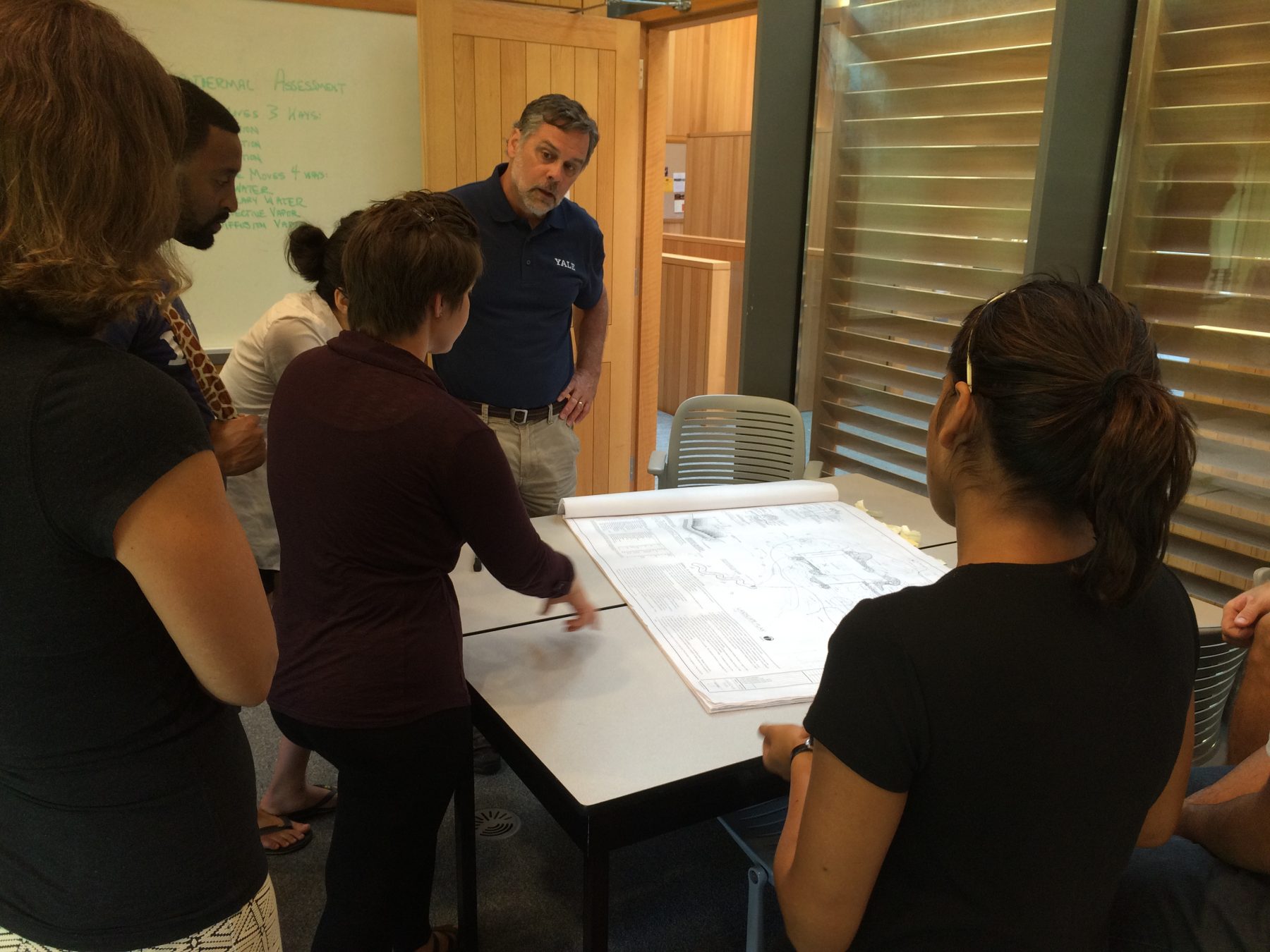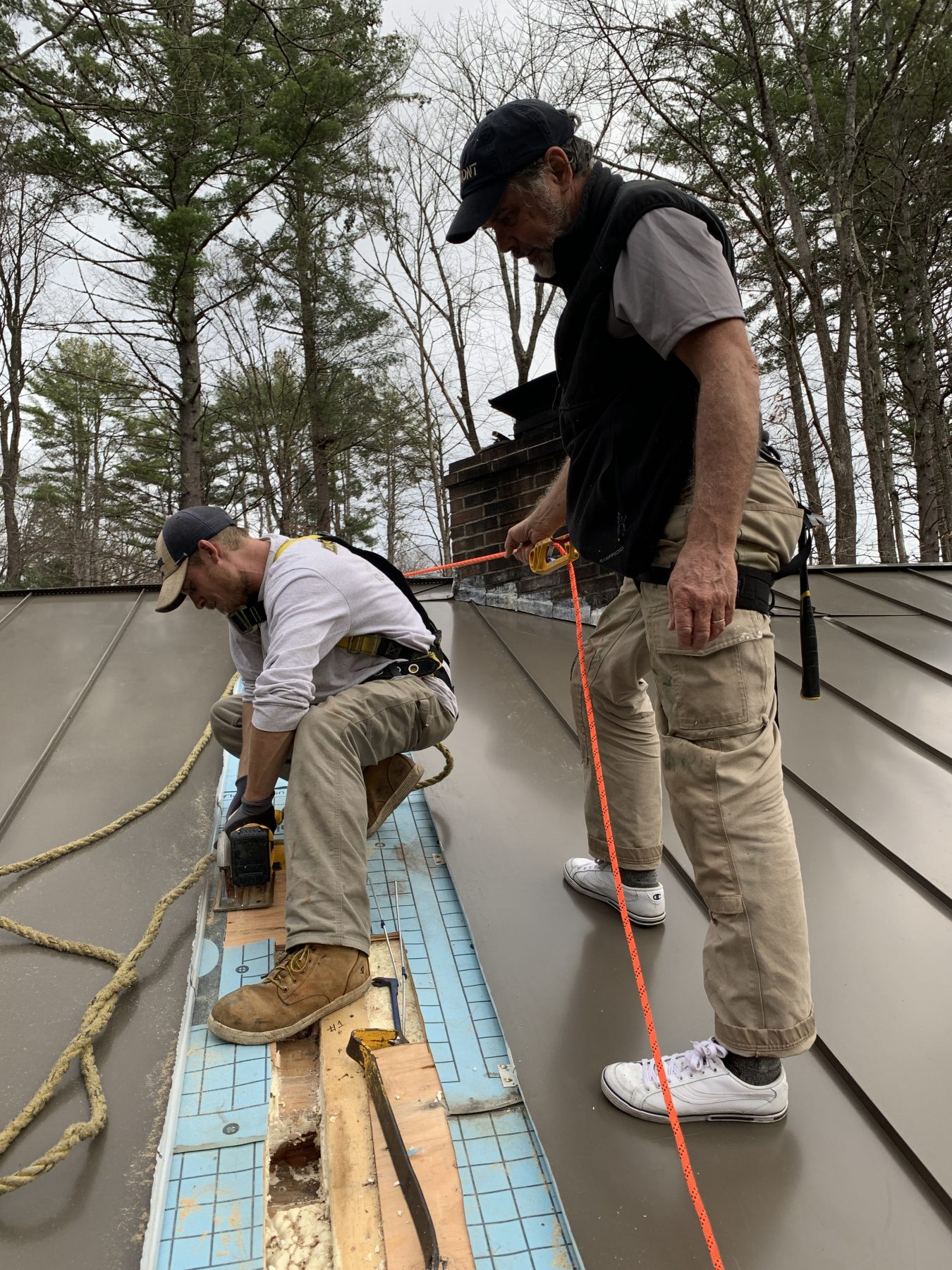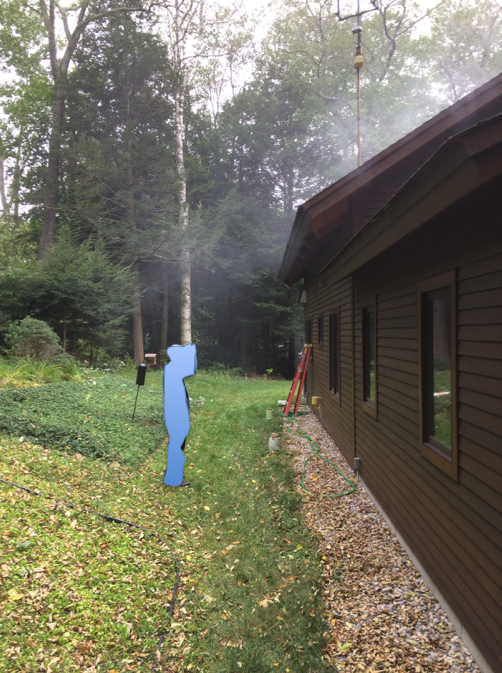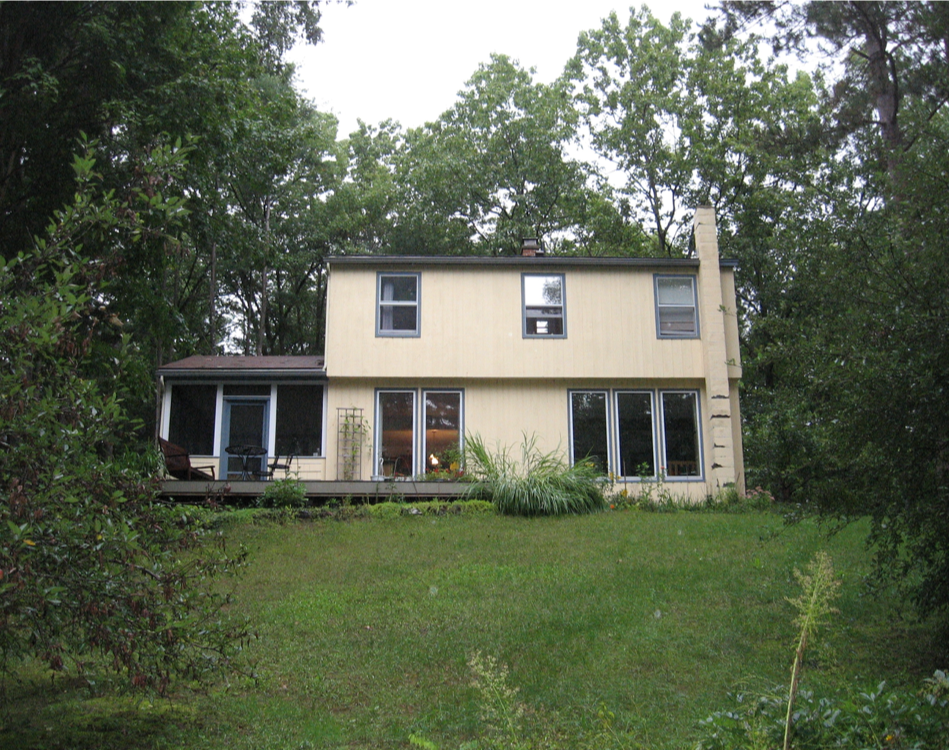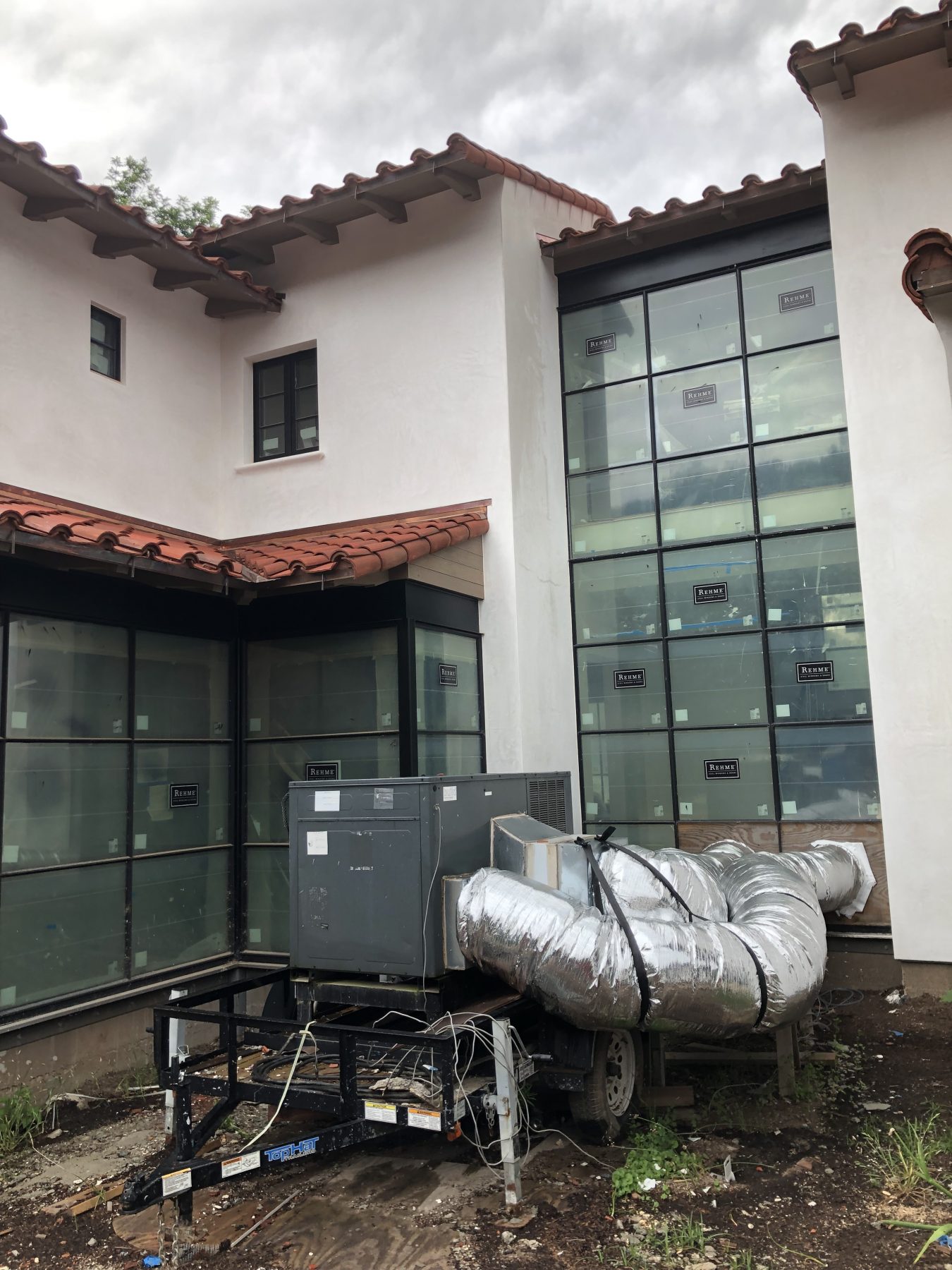Is there a simple way to determine if something is alive, ever was?
There is black mold that looks a lot like particulate and both or either can show up on fiberglass insulation associated with air leakage. See the image below.

There is efflorescence that looks a lot like white mold, and both or either can show up on basement concrete walls or wood posts bearing directly on concrete. See the image below.

Sure, you can take samples and send for mold testing but that is time-consuming and expensive. And if the root cause is a moisture problem, does it really matter if the unidentified substance is animal, vegetable, or mineral?
I think full understanding is important, first of all. But sadly, just as important is how many clients freak out if there is even a suggestion of mold or mildew in their homes. And I must admit I have done a lot of head-scratching, not the least of which surrounds the featured image for this blog—just what the hell is that black material that seems to be growing on a stone wall inside of a home?
Simple tests are a good start
In fact, it was this strange growth, shown in the featured image, that finally drove me to track down Mac Pearce, a now-retired microbiologist (Master of Public Health) who was really important to my building science education while I was working at Building Science Corporation in the early 2000s. Here is a great resource on mold from Pearce, but here are a few simple measures Pearce taught me to use when I come across unidentified “stuff” in my work:
Take a closer look: Pearce strongly recommended getting a jeweler’s loupe, about a 7x to 10x magnifier. I use a Bausch & Lombe Hastings Triplet 10x. This magnifier is three lenses, which together eliminate distortion at the edges so you get full resolution across the lens. Living things tend to grow with soft edges, and are circular and flexible. Inorganic material tends to be or grow with hard, angular edges, and is rigid. You can sometimes see these characteristics through the loupe.
NOTE: For a fascinating discussion of crystal versus biological growth of materials, see this admittedly academic and somewhat esoteric article by Stephen T. Hyde: “Crystals: animal, vegetable, or mineral”.
Add water: Inorganic powders and crystals often (though not always) dissolve when you add water; living matter typically does not.
Call Crutcher: Mac Pearce can be a cantankerous, no-holds-barred sort of character who is hard to impress, but he could not speak more highly of Russ Crutcher and his work. Crutcher is a scientist who founded and runs MicroLabNW and has identified tens of thousands of unidentified materials for folks like us since 1978. But hold Crutcher and his work off for just a second because when I called and asked Crutcher the same questions I asked Pearce about simple measures for identification, he shared one more I need to add to this short list.
Torch a sample: Pinch a sample of the material into the end of a capillary tube and then melt that same end with the flame of a butane torch. Organic material tends to char in the tube and inorganic material can yield a variety of clear, cloudy, frothy, or colored results (more on this from Russ Crutcher in Part II).
Case study: black spots on a storm window
In the image series below, are the black spots live mold, dead mold, or just dirt that was electrostatically deposited from air leakage?



The pattern suggests that this is mold and the image at 10x magnification appears to show circular colonies, though they seem pretty desiccated. Adding a drop of water to some spots yielded no change to the spots. I did not have capillary tubes as of this writing to use measure 3 above, but it sure appears to be dead or dormant mold.
Case study: white spots on a concrete foundation
In the image series below, the white spots sure look like efflorescence with the naked eye, but up close some of the white globules are suspended on what appear to be cobweb threads. The dots or globules certainly appear to be angular and crystalline, on the other hand. A bit ambiguous until I added a drop of water and the white material dissolved away very readily.


Back to the featured image
The images below are all from one interior stone wall from a home in northern Vermont. I was working on some moisture issues in the home completely unrelated to this wall, but the homeowner’s daughter is a biologist and had noticed the “hairy growth.”







Returning to the project to follow up for this article, I was able to identify even more mysterious “stuff” using the 10x Hastings Triplet magnifier. That’s when the homeowner decided it was time to call Russ Crutcher. I sent the images to Crutcher and then some samples. Crutcher advised us to include in our samples some of the substrate material from just under the samples we collected.
Stay tuned…
MicroLabNW will work the samples in the coming weeks. In Part II of this article, we will learn about Crutcher’s identification process, what all the mystery material is, and just what it all means for our work on buildings.

